This article was co-authored by wikiHow Staff. Our trained team of editors and researchers validate articles for accuracy and comprehensiveness. wikiHow's Content Management Team carefully monitors the work from our editorial staff to ensure that each article is backed by trusted research and meets our high quality standards.
There are 16 references cited in this article, which can be found at the bottom of the page.
This article has been viewed 21,325 times.
Learn more...
The Victorian era followed the reign of Queen Victoria from 1837-1901. [1] People who are interested in living like a Victorian are drawn by the essence of a simpler life—one less dependent on technology and that is more intentional and hands-on. From dressing like a Victorian to minimizing your use of modern technology to exploring era-appropriate hobbies, you can infuse your daily life with the spirit of the Victorian era.
Steps
Dressing like a Victorian
-
1Wear long-sleeved dresses that reach the ankle for a feminine look. Keep your legs covered to the ankles and your arms covered to the wrists. Wear long white gloves if you do happen to wear short sleeves. White gloves are suitable for almost any dresses. Use a corset and a petticoat underneath your clothes to give them more shape. Modesty was a big factor in Victorian fashion, but they were also very interested in trying new fashions, so feel free to get creative with your attire![2]
- Visit costume shops, thrift stores, and search online to find Victorian style clothes. If you know how to sew, you could even make your own dresses!
- You can also wear a floor-length skirt with a blouse tucked in for a more conservative look.
- For formal events, like balls and weddings, low-cut dresses with short sleeves were popular, though they had to be paired with long white gloves.
-
2Don stovepipe pants and jackets for a masculine look. Focus on clean, basic lines, dark colors, and fine details. Wear a button-up shirt underneath a vest for a classier look. Choose items that complement each other, but don't be afraid to wear vests with unique colors, fabrics, and designs. Men in the Victorian era traditionally took a lot of pride in their attire.[3]
- Victorian trousers are usually loose at the ankle, have a high waistband, and are tighter at the top. Subtle plaids are also acceptable materials for pants.[4]
Advertisement -
3Match your shoes to your outfit. Boots, clogs, and dress slippers were traditionally worn by women and were adorned with beads, pearls, and rhinestones. Wear shoes with higher ankles to cover your skin fully in case your clothes ride up. For a masculine look, wear high-top dress shoes or lace-up boots (choose a leather material for authenticity).[5]
-
4Remember to coordinate your accessories. Ties, pocket watches, walking sticks, hats, gloves, and suspenders are popular masculine options. Victorian women traditionally wore long white gloves, big hats, brooches, parasols, and jewelry. Visit thrift stores and online shops to find fun accessories to match your clothes.[7]
- Men and women in the Victorian era used their clothes and accessories as a way of showing others who they were and what class they belonged to. Dressing appropriately and with care was something they put a lot of time into every day.
-
5Wear jackets that match your skirt or pants for appropriate outerwear. Don't leave your house without your jacket—in the Victorian era, jackets were used to show sophistication. Closely-fitted jackets were in style for both men and women, so either buy fitted jackets or take your jacket to a tailor for adjustments.[8]
- For a fancier event, a masculine option is a tuxedo jacket with a shawl color and silk facings. These are also suitable for dinner parties or special social events.
- The Norfolk jacket was popular with both men and women. These are longer jackets that generally reach mid-thigh and button up the front.[9]
-
6Adopt a simpler beauty routine by not using modern inventions. Let your hair air dry and ditch the makeup routine in the morning. Use era-appropriate soaps (like castile soap) for washing your hair and body. Take baths rather than showers.
- Modern conveniences like hairdryers, curlers, straighteners, gels, deodorant, body washes, and nail polishes weren't around in the Victorian era.
- Hairsprays were used in this era. Women made their own, and Bandoline was marketed, though it wasn't like the hairsprays of today. So if you need some, don't be afraid to use it.
- Makeup was also used, mainly by middle and upper-class women. They used it lightly, to look as natural as possible. There were cosmetics available for purchase, albeit not many.
- Pale skin was the favored complexion of the Victorian era. While a lot of women at that time practiced unhealthy and dangerous means to achieve paler skin, you can instead focus on staying out of direct sunlight, getting 7-8 hours of sleep every night, and eating a healthy diet.
- Castile soap was established in 1839 and was marketed in Victorian magazines, and you can still buy it today.[10]
-
7Keep a tidy and neat appearance at all times. Brush your hair, trim your nails, and maintain your clothes. Also, avoid burping, yawning, or scratching your head, and brush and floss your teeth regularly. Focus on being polite, well-spoken, and clean. Taking care of your appearance and your attitude is one of the most important characteristics of the time.[11]
- Women and men should both take special care to keep their hair from flying about.
Using Modern Technology Minimally
-
1Adopt some old-time practices, like going without a cellphone. Because it's nearly impossible to live in today's world without using modern technology or the Internet, try going technology-free for periods of time. You could abstain from using your phone over the weekends, or could limit the time you spend on the computer to just while you're working.[12]
- Getting off of social media is another way you can live like a Victorian.
-
2Make your meals rather than going out to eat. When you shop, try to be more intentional about not buying processed foods or prepackaged meals. Stick to fresh meats, fruits, and vegetables, and learn to bake your own bread. The Victorian era was not known for its convenience marts and fast food chains, so try visiting a farmers market or a smaller grocery store when you shop.[13]
- Chances are that you have a freezer and a traditional stove and maybe a microwave, too. Unless you plan to get rid of those inventions that weren't around in the Victorian era, just try to be more mindful when you use them.
-
3Write your correspondence and start using snail mail. Want to tell your friend about a play you went to last weekend? Instead of sending them a text with a few photos attached, write out a letter by hand and mail it to them. Communication in the Victorian era was much slower and more intentional than it is now.[14]
- To get really authentic, invest in a fountain pen that requires a bottle of fresh ink.
-
4Walk or bike when you can rather than driving. Instead of catching an Uber to your lunch destination, try walking or biking if you can. For most of the Victorian era, there weren't cars, so most people got around either on horseback or in horse-drawn buggies. Revisit your reliance on modern transportation to infuse the Victorian lifestyle into your daily habits. [15]
- Most people won't have the ability to completely get rid of their dependence on cars or buses or trains, but being more mindful of how you get around is helpful in trying to like like a Victorian.
Adopting Era-Appropriate Hobbies
-
1Explore classic Victorian literature. Charlotte Brontë, Elizabeth Barrett Browning, Lewis Carroll, Charles Dickens, Arthur Conan Doyle, Rudyard Kipling, Robert Louis Stevenson, H.G. Wells, Oscar Wilde and so many other well-known writers come from this time period. Visit your local library and pick up some of these classics to immerse yourself in the literature of the Victorian era.[16]
- You could even start a book club with friends who are interested in the same time period—just make sure to send them a hand-written invitation!
-
2Learn how to sew or knit. For the ladies, sewing, knitting, and crocheting weren't just activities that were useful, but they also served as a daily hobby. Take a class or get an instructional book to learn how to sew your own clothes or how to embroider.[17]
- The first sewing machine was invented in 1846, so you could try to find an era-appropriate machine, or learn how to sew by hand.[18]
-
3Break out the board games or croquet set. Chess, checkers, and card games like euchre and hearts were a very popular way of passing the time. Similarly, croquet was an acceptable activity for both men and women, because it wasn't viewed as too strenuous for the ladies to participate in.[19]
-
4Go on a picnic. Pack a basket with cold meats, cheeses, and bread and head to a park for the day. Because there weren't many parks, gardens, or museums in the Victorian era, people often had their picnics in local rural cemeteries. These days you might not be able to get in to a cemetery for a picnic without someone asking you to leave (it could be seen as insensitive or inappropriate), but you can make do at any local park.[20]
- Don't forget your parasols to protect you from the sun!
-
5Cultivate a garden. Gardening was a very popular leisure activity, so take some time to get outside and plot out your garden. Use shrubs to delineate your property lines, invest in garden benches or pavilions for seating, and design your flowerbeds in your designated area. Rose gardens were very popular as were vines.[21]
- You can download garden plans online or take measurements of your yard and create a plan yourself, if desired.
- Popular plants of the Victorian era include acacia, amaranthus, scarlet basil, bluebell, chrysanthemum, geranium, impatiens, morning glory, periwinkle, primrose, rose, and snapdragon.[22]
-
6Learn to play an instrument or take singing lessons. The piano and the flute were the most popular instruments that people from the Victorian era learned to play—find a music store or an individual who can give you lessons. In addition to being a fun hobby, you can also host parties and entertain your friends with traditional music. Similarly, if you like to sing, try taking some professional singing classes to fine tune your abilities.[23]
- Singing and playing instruments were hobbies of the upper class and were essential to being a well-rounded, educated individual.
-
7Attend events in your area, like plays, operas, and visiting attractions. Find different ways to get your entertainment rather than watching TV, going to the movies, or browsing the Internet. Keep an eye out for free events put on by local community groups. Especially in the spring and summer, many groups host free events in the parks. Pack a picnic and make an afternoon of it![24]
- You may not be able to control what period the play or opera you are seeing comes from, but you can at least rest assured that your chosen activity is reminiscent of what people in the Victorian era did for fun.
Community Q&A
-
QuestionWhat if it is summer? What should I wear to be Victorian but also to not overheat?
 GenevaladwigCommunity AnswerWear light dresses with short sleeves. You can wear a light shawl made of lace or something similar to look fancier. If you're a guy, wear short sleeves and pants without a jacket or vest.
GenevaladwigCommunity AnswerWear light dresses with short sleeves. You can wear a light shawl made of lace or something similar to look fancier. If you're a guy, wear short sleeves and pants without a jacket or vest. -
QuestionWhat about going to the beach or pool? What to wear? What are the standards to live by for a Victorian when it comes to the water?
 MermaidsecretsCommunity AnswerThe Victorians didn't normally go swimming, but when they did they wore bathing suits that covered up most of their body.
MermaidsecretsCommunity AnswerThe Victorians didn't normally go swimming, but when they did they wore bathing suits that covered up most of their body. -
QuestionHow can you look like you live in the 1850s?
 Savv_DogCommunity AnswerGo on Pinterest or simply search online to find out about what people wore back then. You could also research about the historical events that happened during this year and consider what they would wear and how this would help them in their situation.
Savv_DogCommunity AnswerGo on Pinterest or simply search online to find out about what people wore back then. You could also research about the historical events that happened during this year and consider what they would wear and how this would help them in their situation.
References
- ↑ http://www.bbc.co.uk/history/british/victorians/
- ↑ http://www.victorian-era.org/victorian-era-womens-fashion.html
- ↑ https://vintagedancer.com/victorian/
- ↑ http://www.victorian-era.org/victorian-mens-trousers.html
- ↑ http://www.victorian-era.org/victorian-era-boots.html
- ↑ http://www.victorian-era.org/victorian-mens-footwear.html
- ↑ http://www.victorian-era.org/victorian-era-womens-fashion.html
- ↑ http://www.victorian-era.org/victorian-era-womens-and-mens-jackets.html
- ↑ http://www.victorian-era.org/victorian-era-womens-and-mens-jackets.html
- ↑ https://www.vox.com/2015/9/9/9275611/victorian-era-life
- ↑ http://www.avictorian.com/etiquette.html
- ↑ https://www.vox.com/2015/9/9/9275611/victorian-era-life
- ↑ https://www.vox.com/2015/9/9/9275611/victorian-era-life
- ↑ https://www.vox.com/2015/9/9/9275611/victorian-era-life
- ↑ http://www.victorian-era.org/victorian-times-transport.html
- ↑ http://www.online-literature.com/periods/victorian.php
- ↑ https://www.vox.com/2015/9/9/9275611/victorian-era-life
- ↑ http://www.victorian-era.org/inventions-in-the-victorian-era.html
- ↑ https://historicalgames.neocities.org/Victorian/home.html
- ↑ http://www.victorian-era.org/victorian-era-activities.html
- ↑ http://www.victoriana.com/gardening/victoriangarden.html
- ↑ http://www.victoriana.com/gardening/victoriangarden.html
- ↑ http://www.victorian-era.org/victorian-music.html
- ↑ http://www.victorian-era.org/victorian-era-activities.html

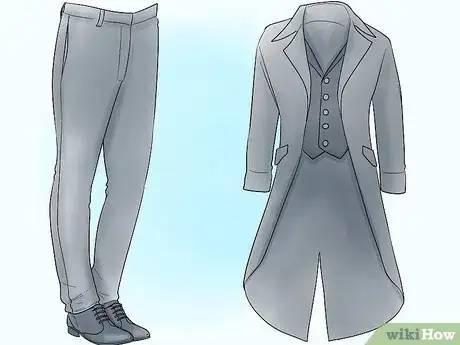
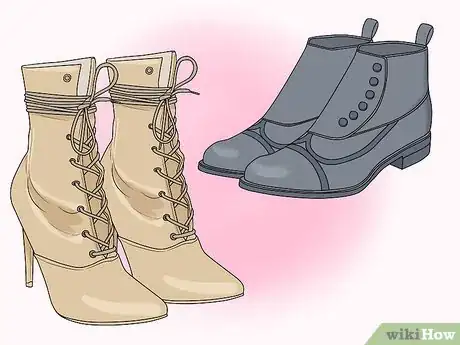

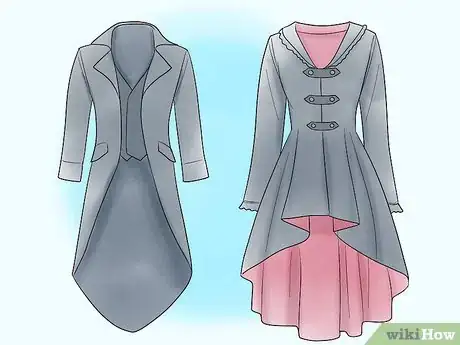
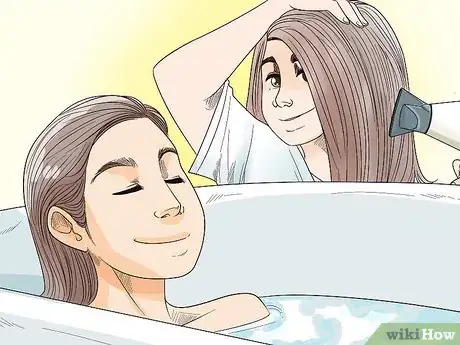
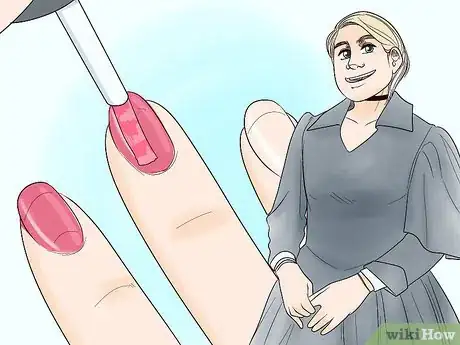

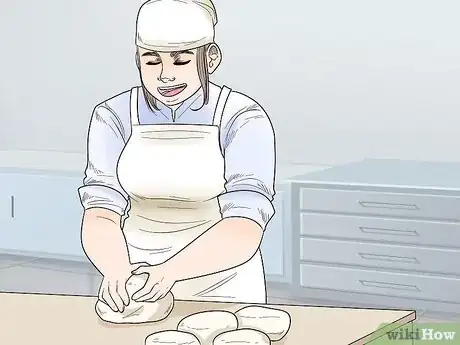
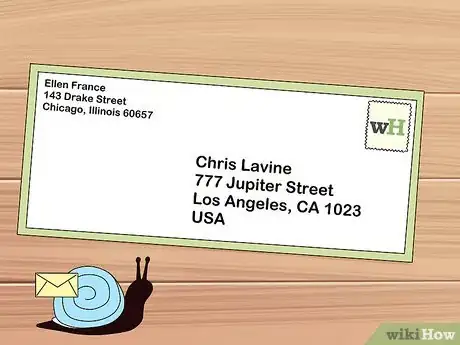
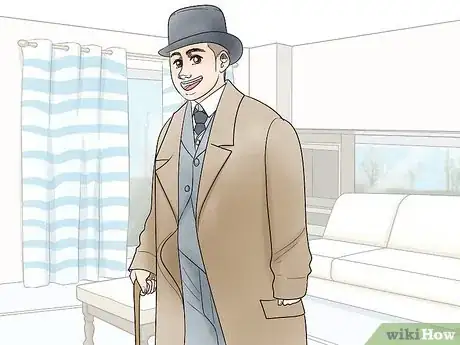
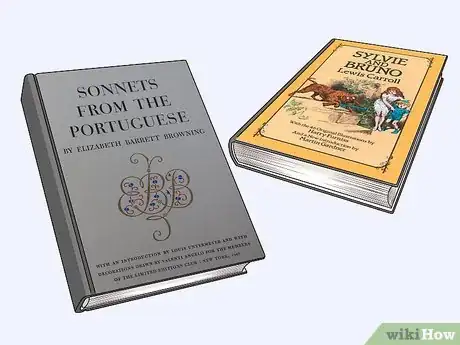
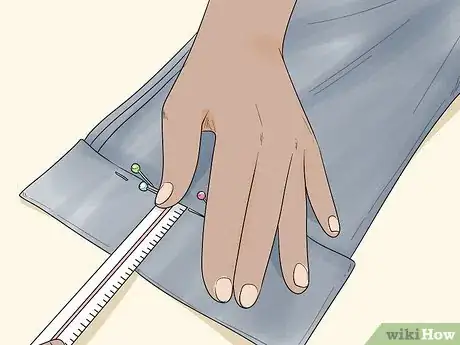
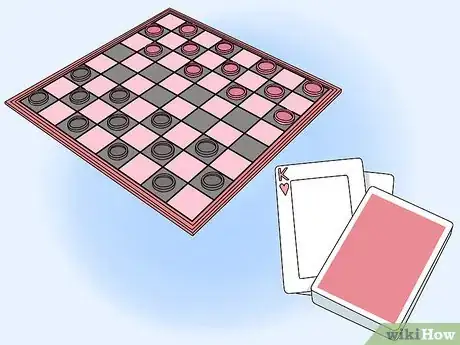
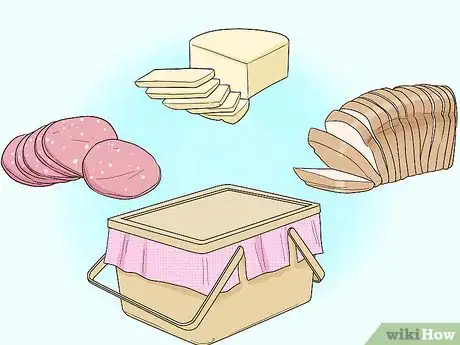
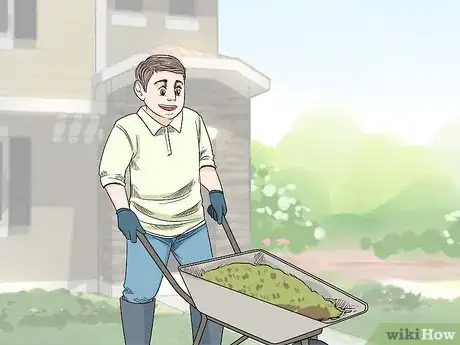
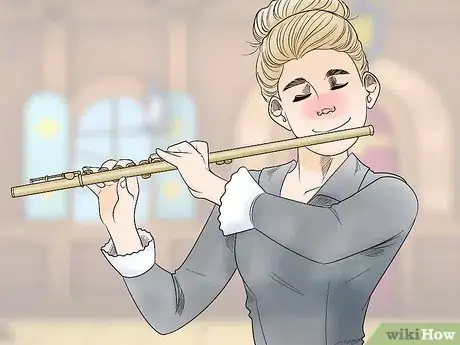

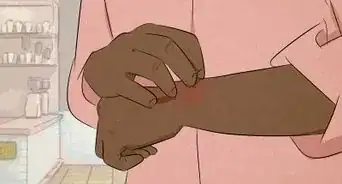



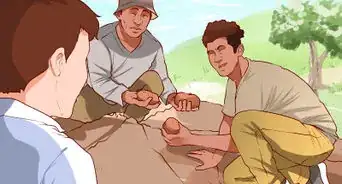
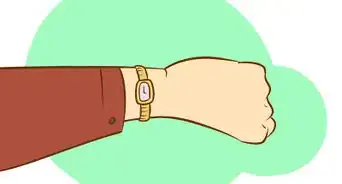
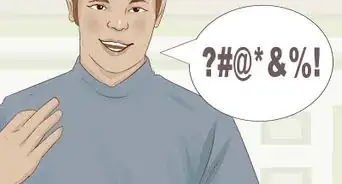
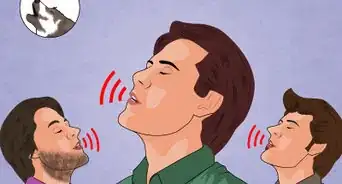
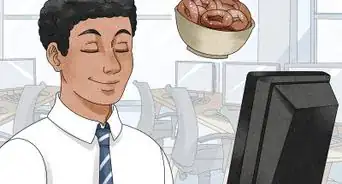
-Step-8.webp)














































